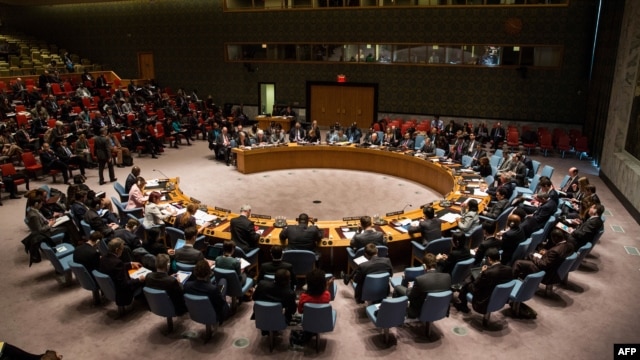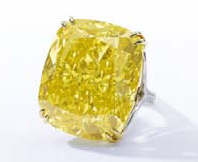
Group production dropped 39 percent to 22,280 carats as the company treated only surface ore stockpiles and lower-grade stockpiles during the quarter. In-pit mining at E9 recommenced in April 2014 following the wet season and was one month later than anticipated. Kimberley Diamonds noted that ore treated in the fourth quarter will be primarily higher grade fresh pit ore.
The company saw strong prices from its auction of run-of-mine commercial goods held in March 2014. The overall average price achieved of $207.33 per carat was 17 percent higher than prices achieved in the second quarter and set a new highest average price per carat since the previous high achieved in 2011.
In February 2014, Kimberley Diamonds acquired the Lerala mine in Botswana as part of the takeover of U.K.-based Mantle Diamonds. The current projected life of mine for Lerala is six years, with the mine anticipated to produce 400,000 carats per year at full production.
The company also finalized its acquisition of the Argyle Smoke Creek alluvial diamond project from Venus Metals Corporation Limited for $928,500 (AUD 1 million). The project consists of 22 prospecting licenses and one mining lease application with 12 of the prospecting licenses containing an estimated resource of 6 million carats.
Kimberley Diamonds said it will recommission the Ellendale 4 (E4) mine and plant during the year. The operation was placed on care and maintenance in February 2009 by its previous owners due to the global financial crisis when rough diamond prices slumped. E4 is estimated to contain a resource of 2.4 million carats. During the quarter, limited scoping work began toward refurbishing the plant and obtaining necessary regulatory approvals.
Kimberley Diamonds closed the quarter with $12.1 million (AUD 13 million) cash on hand and no debt.




 Thirty
diamonds were cut from that stone, the largest of which was the
31.34-carat, D, potentially flawless, type IIa step-cut Victory Diamond.
Sotheby's priced this lot to sell for between $5 million and $8
million.
Thirty
diamonds were cut from that stone, the largest of which was the
31.34-carat, D, potentially flawless, type IIa step-cut Victory Diamond.
Sotheby's priced this lot to sell for between $5 million and $8
million.



